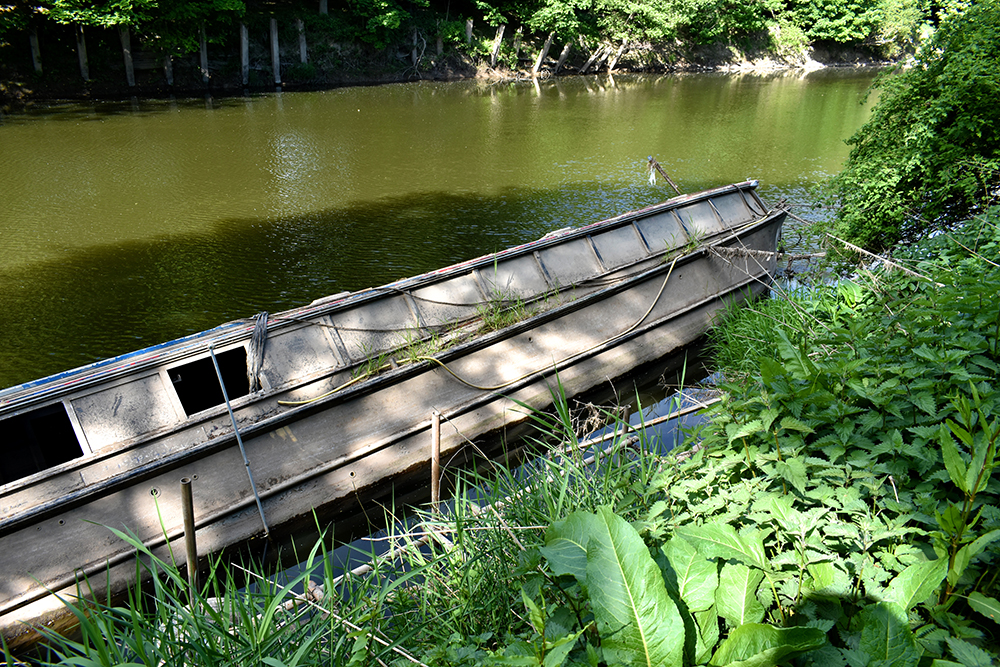
Lock safety is one of the most important aspects of canal boating. Each year, narrowboats and hire boats run into trouble in locks, leading to costly repairs-or even total sinkings. The most common culprit?
The hidden lock cill. In this post, we’ll look at why accidents happen and share practical boating safety tips to help you avoid lock hang ups and sinkings on the UK’s inland waterways.
What Is a Lock Cill and Why Does It Cause Accidents?
A lock cill is the raised ledge below water just in front of a lock’s top gates. When a boat is travelling downhill in a lock, the stern can get caught on this unseen edge.
As the water level drops, only the bow lowers with it, tipping the boat at a dangerous angle. Within seconds, the stern may lift, water can flood in, and the vessel could sink.
Key Lock Safety Tip: If you spot this happening, shut the bottom
paddles immediately to stop the water dropping further. Then slowly refill from the top paddles until the stern floats free.
What To Do If Your Boat Gets Stuck in a Lock
If your boat is caught on a cill, under a gate, or jammed against a wall:
- Put crew safety first – make sure everyone is
- Stop paddle movement – close taps to freeze the
- Contact the authorities – Canal & River Trust (CRT) on canals, Environment Agency (EA) on rivers.
- Call your hire company or insurer – depending on boat
- Leave recovery to experts – usually River Canal Rescue (RCR) or other approved contractors.
Other Ways Narrowboats Get Stuck in Locks
Not every lock sinking comes from sitting on the cill. Other risks include:
1. Bow or Fender Trapped Under the Top Gate
When ascending a lock, the bow may snag on a projection.
- What to do: Drop the top paddles, lift the bottom paddles slightly, and let water out until the boat floats clear.
2. Fenders or Projections on Lock Walls
Side fenders can cause your boat to jam.
- What to do: Lower paddles, then carefully add or drain water depending on whether you’re stuck above or below the projection.
3. Twisting Across Broad Locks
Narrowboats can skew across wide locks, especially when sharing.
- What to do: Always rope boats close to the walls and control water movement
4. Rope Jamming
Tied ropes when descending can hold the boat and cause a dangerous list.
- What to do: Slowly let water back in until ropes can be
5. Swamping From Gate Paddles
Opening gate paddles before ground paddles can force water over a foredeck.
- What to do: Always open ground paddles first, then gate paddles only when water is below hull level.
Best Practice: How to Stay Safe in Locks
- Always position your boat in the middle of the lock chamber, not pressed against gates.
- Use a centre line rope to keep steady without
- Lift fenders before locking to avoid
- Never use poles or brute force to free a trapped boat-balance the water
- Be patient-rushed locking is unsafe
Final Word: Staying Afloat with Lock Safety
Most accidents on the waterways are preventable. By understanding the dangers of the lock ci/1 and following these narrowboat safety tips, you can avoid lock hang ups, costly damage, and even potential sinkings
When in doubt, stay calm, control the water, and call for professional help from CRT, EA, or River Canal Rescue.
Safe boating!



